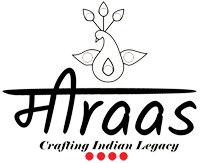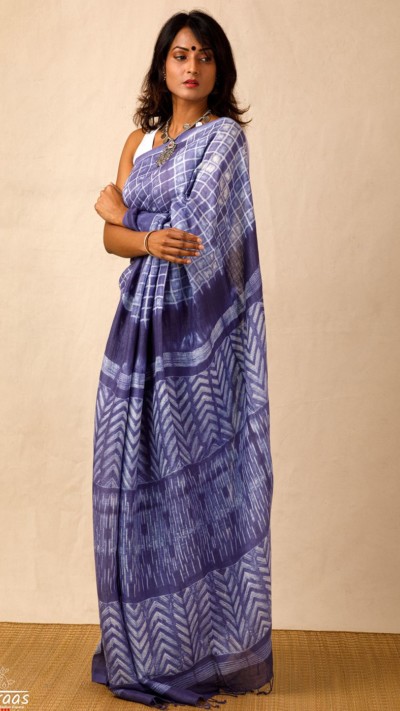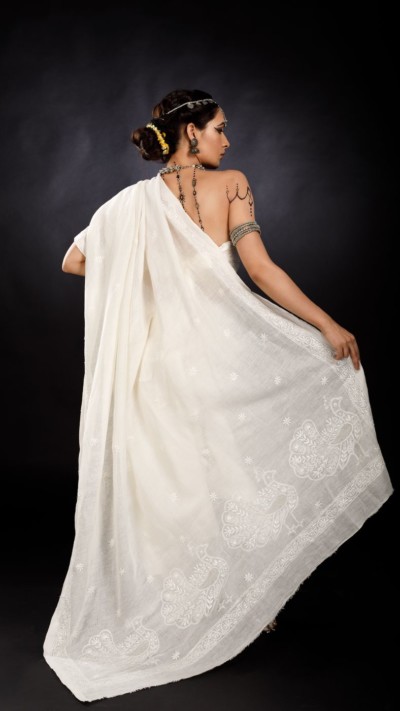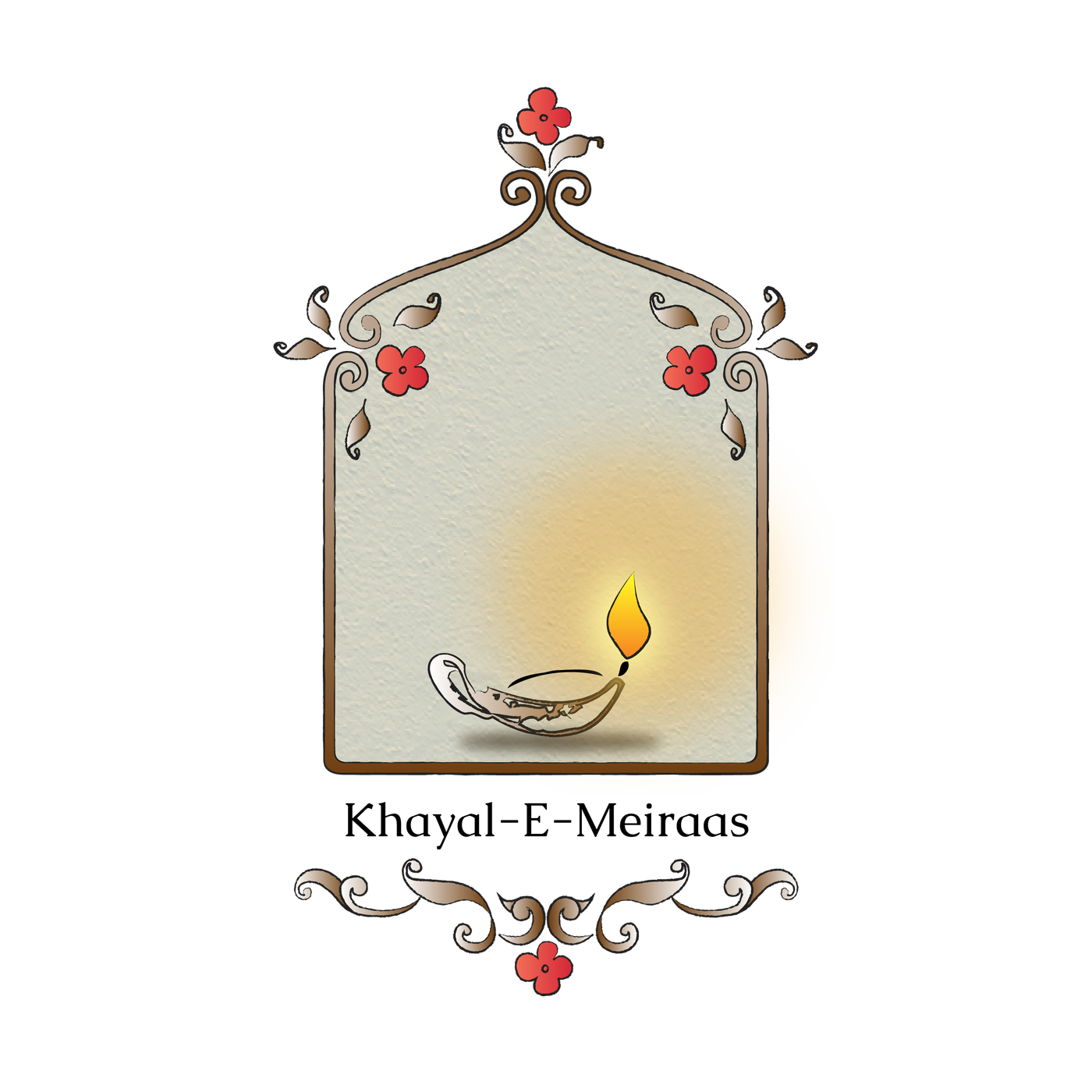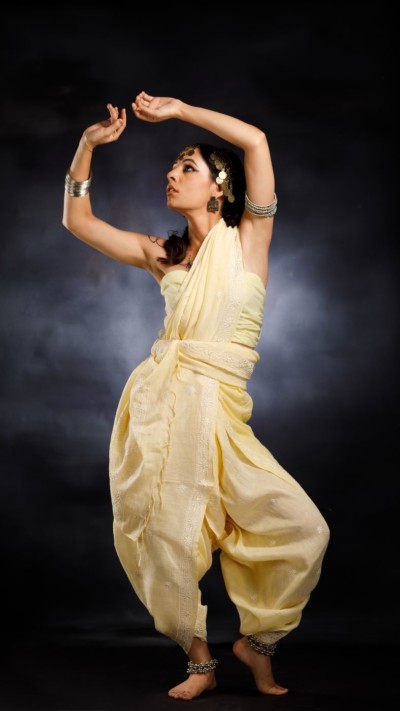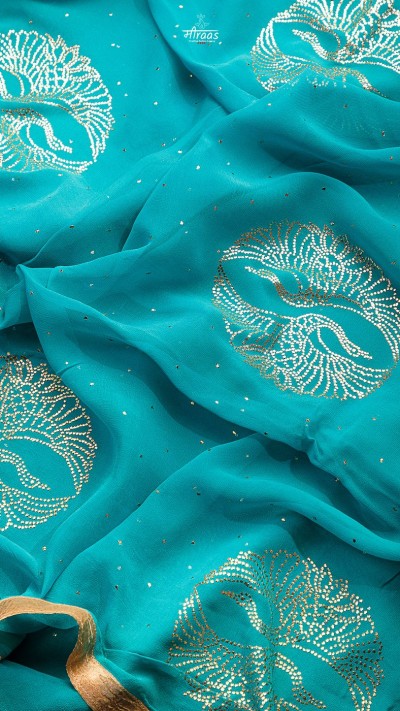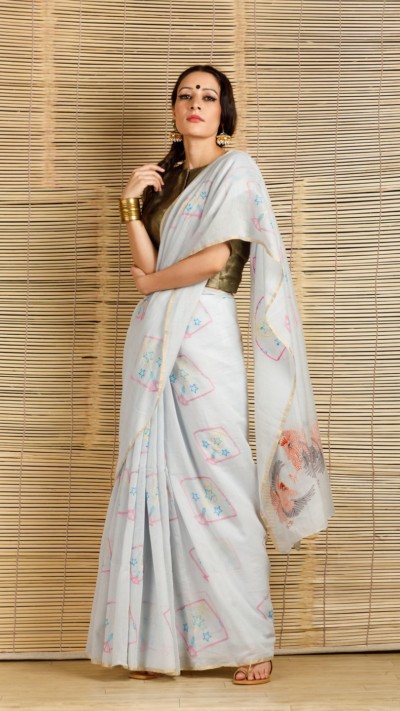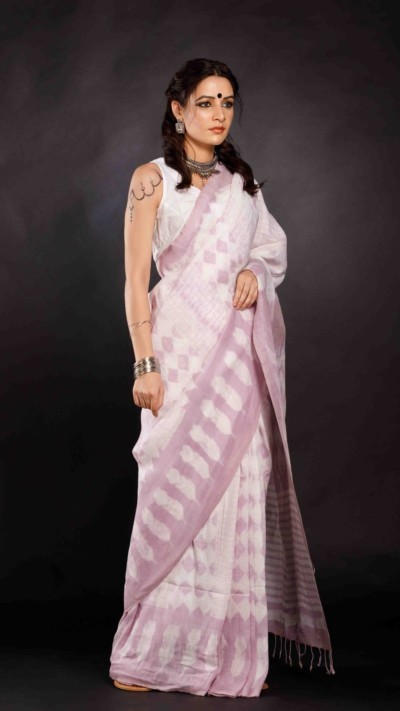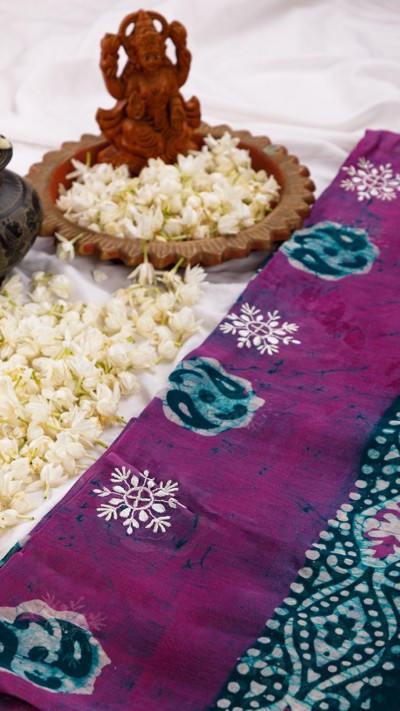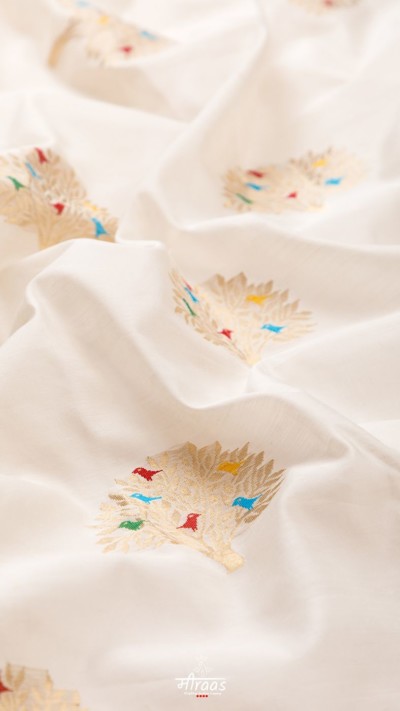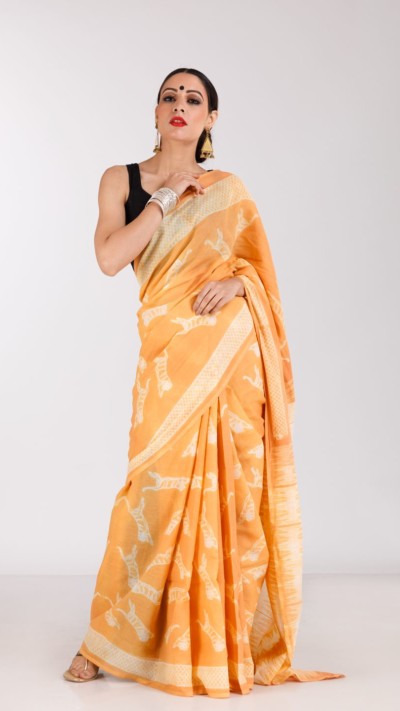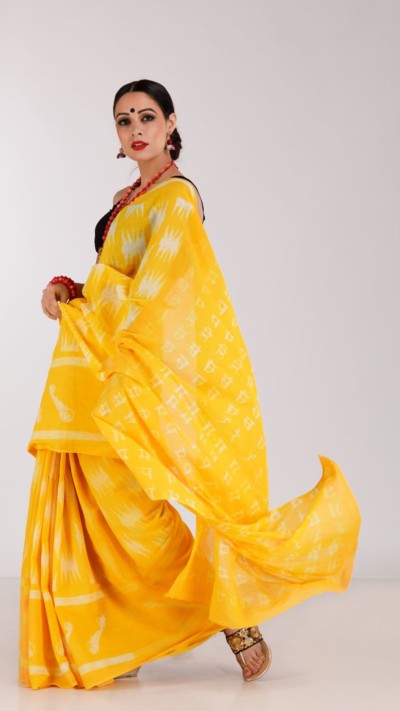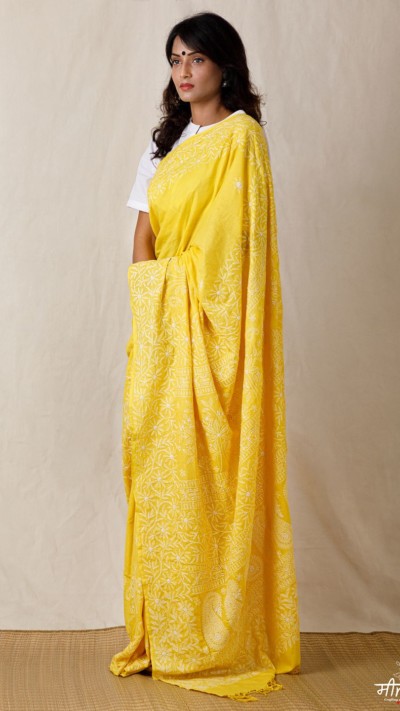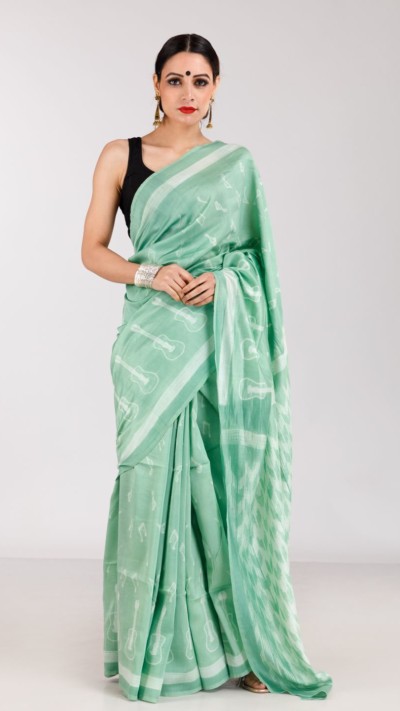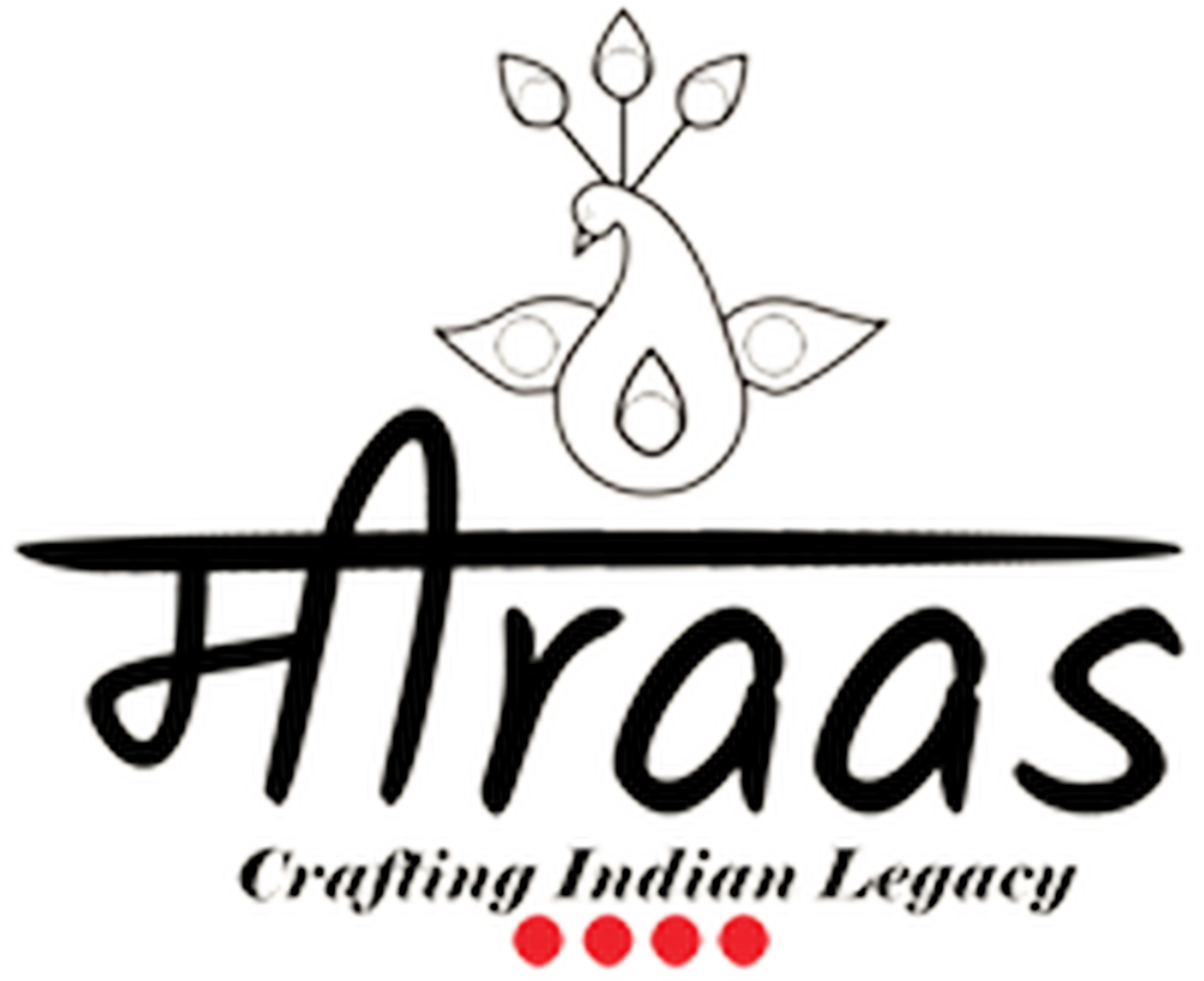
Please, enable Wishlist.
- Home
- Shop
- Dhanlakshami Chikankari Saree
- Advait Mens’ Chikankari
- Power Of Silence (Chikankari Kurta Edit)
- Ready To Ship
- Aari Zardozi
- Luxury Chikankari Dupattas
- The Wedding Collective
- Chikankari Statement Blouses
- Umrao Mukaish Collection
- Dopehri Chikankari Casuals
- Rajnigandha
- Rang Deenhi Shibori Collection
- Curated By Meiraas
- Saree
- Kurta
- Dupatta
- Blouse
- Top
- Stole
- Pants
- Handloom Chanderi
- Handloom Maheshwari
- Handloom Linen
- Handloom Cotton
- Handloom Organza
- Handloom Silk
- Cotton Silk
- Blog
- About
- Sustainability
“Dolphins Mulmul Saree – Aqua theme” has been added to your cart. View cart
Filter by categories
Filter by price
FILTER BY FABRIC
FILTER BY CRAFTS
Indigo Purple Shibori Handloom Linen Saree
₹15,000.00
THE SUSTAINABILITY QUOTIENT (TSQ):
- 120 Count Linen x Line Handloom saree: The Linen is finest quality and Handwoven for Meiraas on order
- Linen weave commissioned for Meiraas, therefore full quality control
- Thrice filtered Azo Free Dye for best & most sustainable results.
POSHAAK (detailed process about the garment)
We will go into detail in explaining our Nui Shibori process. While there are many Nui Shibori sarees available everywhere, most lack the intensity & design aesthetics; possibly this is why, despite being a beautiful art that attracts many, Nui Shibori has also seen a clutter of unfinished or less finished products that render the buyer confused about the quality.
Our Nui Shibori designs are first designed on paper, and the traced on fabric. The fabric is given more folds while creating resist pattern to increase the intensity of the design. To create resist on so many folds, a thicker needle, than usual, is used to do embroidery on the traced pattern (embroidery is done via sewing machine). Please note that these 2 steps - more folds & thicker needle that penetrates the folds - are critical to create the intense design pattern of Nui Shibori.
If the needle does not penetrate all layers, then you cannot see the clear holes on the fabric that are the mark & beauty of Nui (Embroidery) Resist.
Post embroidery, the embroidery threads are meticulously pulled to create resist (since we use very premium fabrics, this process takes time as a careless pulling can damage the fabric).
The dye is filtered thrice; this step is another important step, as Shibori is about colour textures on resist tie & dye. The smoother the pigment, the more beautiful will be the end result.
After dying, the threads of resist are meticulously pulled out, another laborious process, as one wrong pull will render the whole saree damaged. The saree is then washed in salted water to fix the colour & dried.
Our Shibori sarees win hearts wherever they go. They are stunning and intense in their design palette. The colour used in this saree is Indigo pigment mixed with Purple pigment which makes the saree give a mix of both colours in different lights!! A truly remarkable saree.
Please Note that Linen is a thermostatic fabric & absorbs & reflects back colour according to its nature. In white light the colour will carry deep Indigo Hue, & in Yellow light, its Purples will come out. This is the nature of both the colour & fabric and its beauty. Please factor this in when making the purchase.
Please Note: Slight wrinkles are part of Pure Linen texture. Linen is the most low maintenance fabric. Ideally before draping this saree, take it out and spread it and hang somewhere at least a day before; its wrinkles will smoothen significantly. Mostly it should be worn with slight wrinkles, yet if you wish to iron the dhobi press will be fine, with a cloth on top.
Add to cart
Made on Order – Yakshi Shwet
₹39,500.00
An ethreal White Resham Chikankari saree on Handloom Linen fabric, with an antique motif (250 years old plus), of glorious White Peacocks! One of our most requested & ordered sarees.
This signature saree of Meiraas is Made on Order only. Please email us at namaste@meiraas.com for colour and fabric customisation. You can try this saree in Pure Chiffon fabric as well.
The Sustainability Quotient (TSQ):-
Add to cart
- Resham Chikankari (Hand Embroidery Practised Since Ancient Age)
- Hand Picked Ancient Archived Motifs/ New Own Created Motifs.
- Conceptual & Exclusive Chikankari Artwork
- Handloom Linen
- Museum quality Chikankari sarees that can be handed down generation to generation as a treasure.
